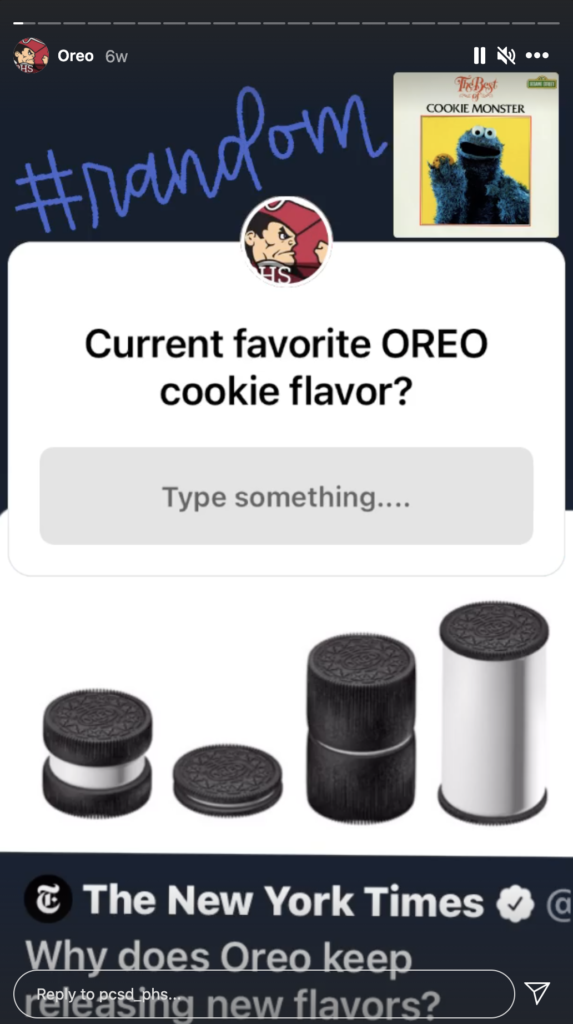Digital Learning Specialist, Clay Reisler from Pulaski High School in Milwaukee, Wisconsin and a team of 35 students are owning and running their school’s social media accounts. He and his student influencers have been creating regular content throughout 2020 and into 2021 despite the challenges the past year has brought.
Schools across the county just like Pulaski High School who have built student-driven social media into their journalism, business, and marketing curriculum have learned a lot about collaboration and content strategy in the last year. It forced schools to get creative with social.
Engaging content isn’t announcements, alerts, and event updates. Engaging content is sharing real student experiences, successes and perspectives. Reisler knows better than anyone else that crafting real social content is just plain fun.
The following three tips from Reisler can help any school collaboratively and creatively craft real and engaging content while educating students.
1. The Platform Matters
When it comes to engaging your audience segments (students, teachers, parents, and the community), picking the right medium is key to reaching the right target audience.
“We are on Twitter, Instagram, and Facebook… all of our kids are on Instagram. We are easily pushing 400 views on every single Instagram Story we have,” Reisler said.
Every week, his students plan a campaign to engage the student body. One of their most successful ones asked the question, “What is your favorite Oreo flavor?”. Students responded to the Instagram Story question and the high school account reposted answers.

Reisler said they do not get any student engagement on Facebook or Twitter. If they want to communicate with students, it’s got to be Instagram.
Class Intercom’s 2020-2021 Social Media Trends in Education Report shows 80% of schools use Instagram, up from 69% the previous year.
The report also indicates that while Instagram was the most effective social media platform for engaging students, Facebook is king for reaching parents and the community.
Understanding your audience’s preferences remains one of the fundamental building blocks for effective social media communication.
2. Real Content is Interactive
Crafting real social media content seems daunting at first, but sometimes the best content is actually just off the cuff.
At Pulaski High School, Reisler knows the effectiveness of this kind of content. Recently, he asked his students to create Instagram Story videos about their favorite activity at Pulaski High School.
“That has been a huge success…we have been virtual and we are now coming back and we wanted kids to become aware again of what kind of things are going on at school,” Reisler said. “We are getting 500 views on those.”
3. Recruit Help
Crafting real social content cannot be a one-person-show. It’s a team effort. It brings together multiple talents, perspectives and passions to create engaging social media content. One person cannot be everywhere and one person cannot represent the experience for the entire school and student community.
At Pulaski, Reisler has students with different talents step up to do what they are most passionate about. He has handed over the reins to his students to create graphics, copy and social strategy for their school social pages. Reisler leverages the Class Intercom platform to give his students guidance, content assignments and review all copy before publishing.
For this kind of collaboration to work, a secure organized approval system needs to be in place that invites students into the content creation process (such as Class Intercom). Once it is established, the ideas start flowing and students begin learning and driving real engaging content.
Getting creative with social media is the struggle that must be overcome in order to keep your audiences engaged online. Real social content is born from a true understanding of the social platforms being utilized mixed with the confidence to be authentic and real.
For more information on the future of social media in schools, download our 2020-2021 Social Media Trends in Education Report here.
